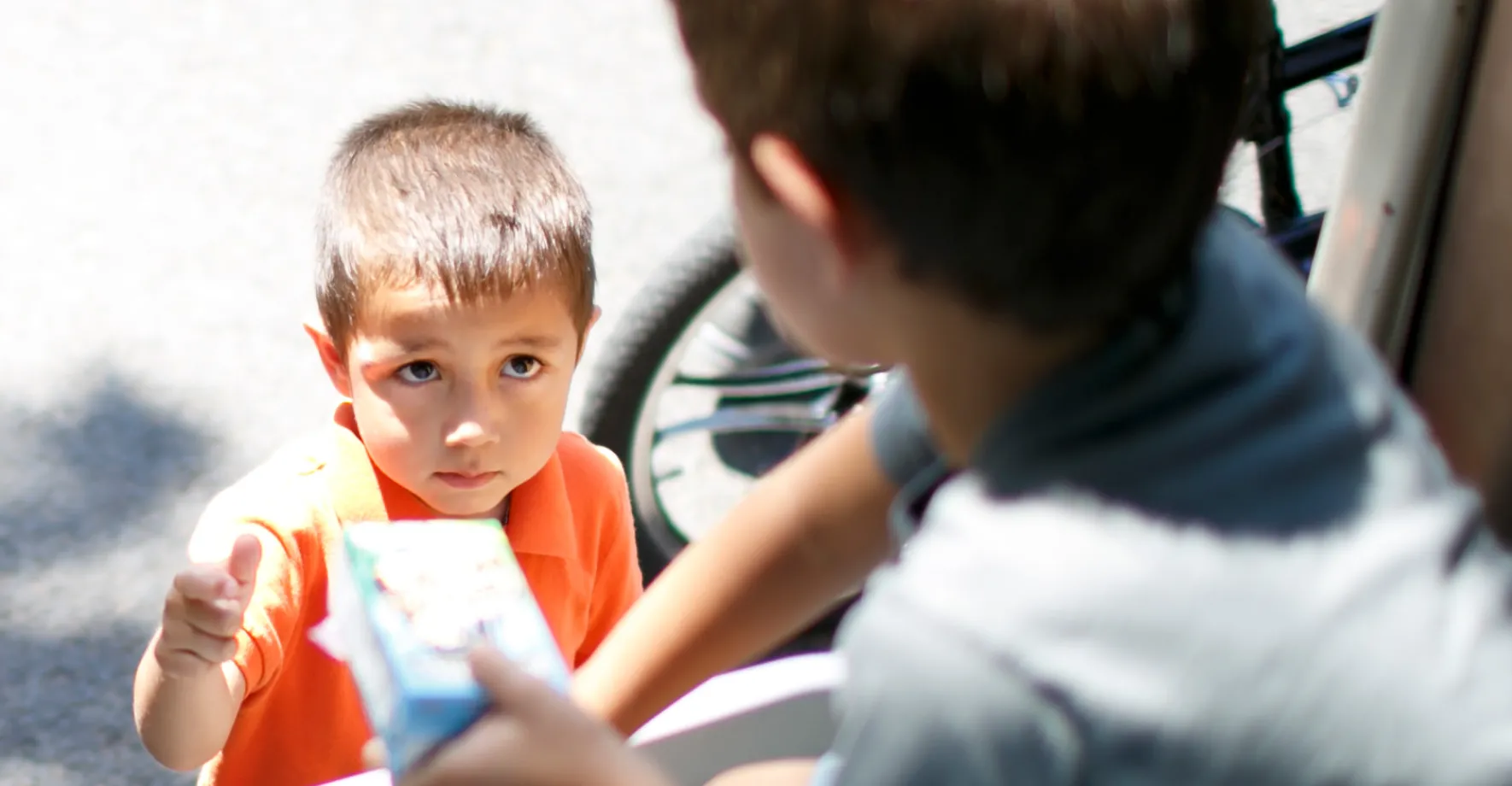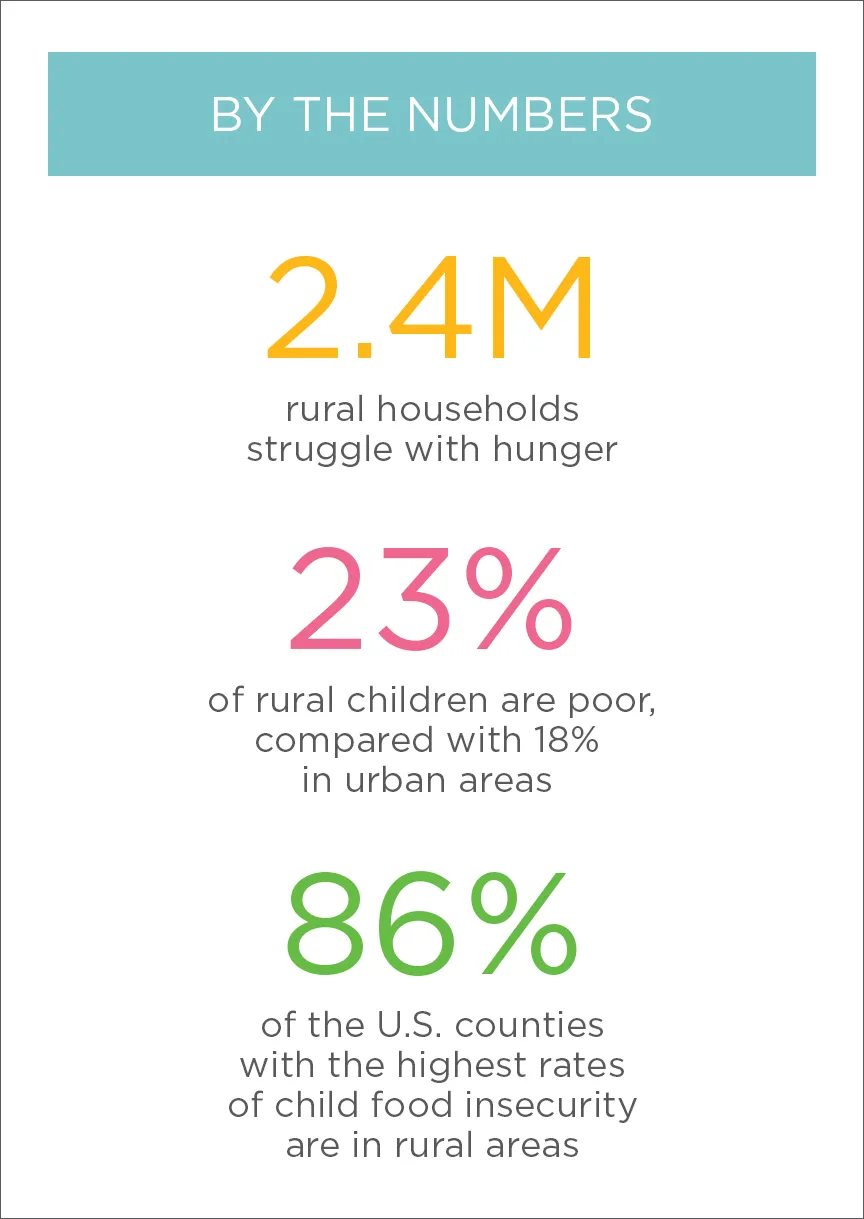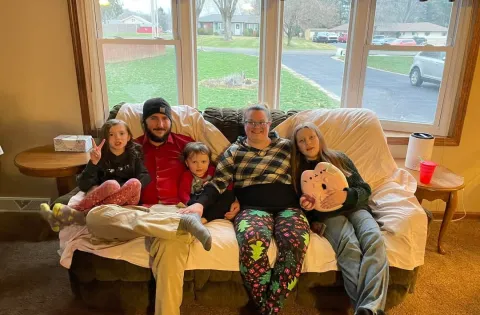
1 in 6 kids in America lives with hunger, and that crisis is especially acute in many rural areas, where local economies are in decline, “diseases of despair” are on the rise, and local infrastructure is stretched increasingly thin.

“Rural areas are losing population, they’re losing jobs," said Laura Phillips, who works for Mountaineer Food Bank in central West Virginia. "Parents are struggling to find work. The childhood hunger here is staggering.”
In March, No Kid Hungry hosted our first-ever summit on childhood hunger in rural America. We hosted 200+ community leaders and organizations from across the country - food banks, state agencies, nonprofits and faith leaders, as well as economists, professors, state officials and other experts.
Over the course of two days in Lousiville, Ky., we focused on the latest research, policy solutions and effective ideas for feeding hungry kids in isolated communities.
Here's what we learned:
- “Rural America” means many di fferent things. The summit reinforced the importance of working closely with local communities and designing solutions customized by place, recognizing that one size will not fi t all.
- Challenges in rural America are deeply interconnected. Rural child hunger is deeply intertwined with other factors, including financial insecurity, addiction, racial inequity and inadequate infrastructure. Understanding these connections is critical to crafting a response that meets the needs of children in rural areas.
- Shame and stigma are barriers. Partners from around the nation repeatedly noted that shame and stigma are two of the biggest barriers standing between families and nutrition programs in rural America.
- We need more research. There is a significant research gap in the ways poverty and hunger in rural communities di ffer from poverty and hunger in more urban and suburban areas.
- The answer is community. Just as the challenges are interconnected, so are the solutions. “I can’t wait to get home to try that!” became a common refrain as people built a sense of community and enthusiasm around positive e fforts happening throughout the country.
No Kid Hungry, like so many of the organizations we work with, is committed to doing more to feed kids in hard-to-reach places, including a new research report we're working on now with our friends at Feeding America - look for it later this year.
To hear about that report, and more actions you can take on behalf of hungry kids in rural America, be sure to sign up for our email list or follow us on social media.


